6 posts
• Page 1 of 1
region generation?
-
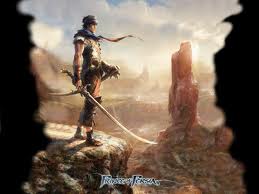
Elisabete Gaspar - Posts: 3558
- Joined: Thu Aug 31, 2006 1:15 pm
I wouldn't use it much. It's very annoying to draw the regions in the right places, it takes a long time and a lot of testing to get the settings right, and it takes ages to generate. The largest space I've used it on was 2048x2048 (so... 64x64 cells?) and it took 3 hours just to generate 5 different textures. If there were a lot of objects, a lot of textures, and it covered a large worldspace, I could see it taking days to finish generating. Also, because of the 6 texture limit per cell quad, you probably won't want to use more than 6 textures in a region, making it so you either have to draw tons of small region polygons (very obnoxious since you can't see the heightmap in the region editor) or painting more texture detail by hand anyway.
But you can basically just drag different terrain textures and objects into a region, then draw the region shape over your world. Then specify parameters for each one. If you drag one item on to another, it only gets generated in the same area that its parent was generated in. If they're both objects and not textures, the children are generated in a circle at a certain radius. If you do not use the parent-child relationship for statics, they're generated in a "grid", so you basically have to use it if you want to get a natural looking distribution of vegetation. But I would use it only to generate base textures for underwater/beach, "general" default ground texture, and steep slopes... then you should probably zoom out and add texture detail by hand.
Also for vegetation... I think using copy/paste is the best way to place it. It's possible to fill a large area with vegetation quickly by constantly copy/pasting. But of course they won't be randomly rotated, but I think I will be making a program to do that. I know I said in another thread that I would make a program to place them too... but that is a lot more work than just rotating them, and copy/paste is very fast. If you use it though, you should make sure the tree models are lowered on the local Z axis though, so they go into the ground when you paste them with it.
If you need more detailed information though, the Oblivion construction set wiki has an article on the Oblivion version, which basically works the same way.
But you can basically just drag different terrain textures and objects into a region, then draw the region shape over your world. Then specify parameters for each one. If you drag one item on to another, it only gets generated in the same area that its parent was generated in. If they're both objects and not textures, the children are generated in a circle at a certain radius. If you do not use the parent-child relationship for statics, they're generated in a "grid", so you basically have to use it if you want to get a natural looking distribution of vegetation. But I would use it only to generate base textures for underwater/beach, "general" default ground texture, and steep slopes... then you should probably zoom out and add texture detail by hand.
Also for vegetation... I think using copy/paste is the best way to place it. It's possible to fill a large area with vegetation quickly by constantly copy/pasting. But of course they won't be randomly rotated, but I think I will be making a program to do that. I know I said in another thread that I would make a program to place them too... but that is a lot more work than just rotating them, and copy/paste is very fast. If you use it though, you should make sure the tree models are lowered on the local Z axis though, so they go into the ground when you paste them with it.
If you need more detailed information though, the Oblivion construction set wiki has an article on the Oblivion version, which basically works the same way.
-
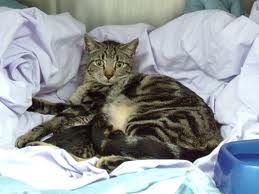
Danny Blight - Posts: 3400
- Joined: Wed Jun 27, 2007 11:30 am
oh you are making a program ?
You know what really really reallywoudl be usefull?
A way to show , paint , and edit region borders , so that you do not just see a blank white squared area where you have to guess regions out by blinding testing ... but you can see actually a heightmap or a map of the region under so to know exactly where the region is beeing placed ... or u have a sugestion for that?
I also am against the use of region generation for a matter of practicity , I do much faster with hand editing , but I wanted to know if there is any real advantage for larger areas , but from what you are saying it woudl take too long ...
You know what really really reallywoudl be usefull?
A way to show , paint , and edit region borders , so that you do not just see a blank white squared area where you have to guess regions out by blinding testing ... but you can see actually a heightmap or a map of the region under so to know exactly where the region is beeing placed ... or u have a sugestion for that?
I also am against the use of region generation for a matter of practicity , I do much faster with hand editing , but I wanted to know if there is any real advantage for larger areas , but from what you are saying it woudl take too long ...
-
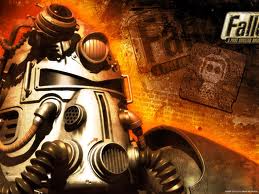
Kellymarie Heppell - Posts: 3456
- Joined: Mon Jul 24, 2006 4:37 am
oh you are making a program ?
You know what really really reallywoudl be usefull?
A way to show , paint , and edit region borders , so that you do not just see a blank white squared area where you have to guess regions out by blinding testing ... but you can see actually a heightmap or a map of the region under so to know exactly where the region is beeing placed ... or u have a sugestion for that?
I also am against the use of region generation for a matter of practicity , I do much faster with hand editing , but I wanted to know if there is any real advantage for larger areas , but from what you are saying it woudl take too long ...
You know what really really reallywoudl be usefull?
A way to show , paint , and edit region borders , so that you do not just see a blank white squared area where you have to guess regions out by blinding testing ... but you can see actually a heightmap or a map of the region under so to know exactly where the region is beeing placed ... or u have a sugestion for that?
I also am against the use of region generation for a matter of practicity , I do much faster with hand editing , but I wanted to know if there is any real advantage for larger areas , but from what you are saying it woudl take too long ...
Yes, it seems practical only for changing base textures... still maybe not worth it, maybe you could finish that by hand in a few hours, the time the region generator would take.
But yes, I'm making a program, but for now I only plan to randomly rotate all trees and rocks. It's possibly I will also add the ability to generate objects and textures too, in a faster way than the region editor. I'm not sure though, I sitll need to test more with the CK. Maybe I will add more features like you say, but I am not a very good programmer and it would be difficult for me to make "drawing with a brush" functions, would take a lot of learning. But I haven't even started yet so don't get too excited...
-
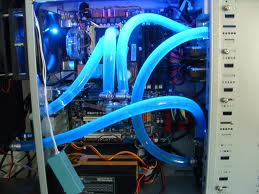
Sanctum - Posts: 3524
- Joined: Sun Aug 20, 2006 8:29 am
well even just a visual system to see whats in what cell it woudl be helpfull then retain all the region editing features of ck ...
-
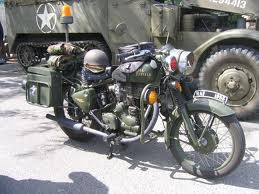
Breanna Van Dijk - Posts: 3384
- Joined: Mon Mar 12, 2007 2:18 pm
6 posts
• Page 1 of 1
